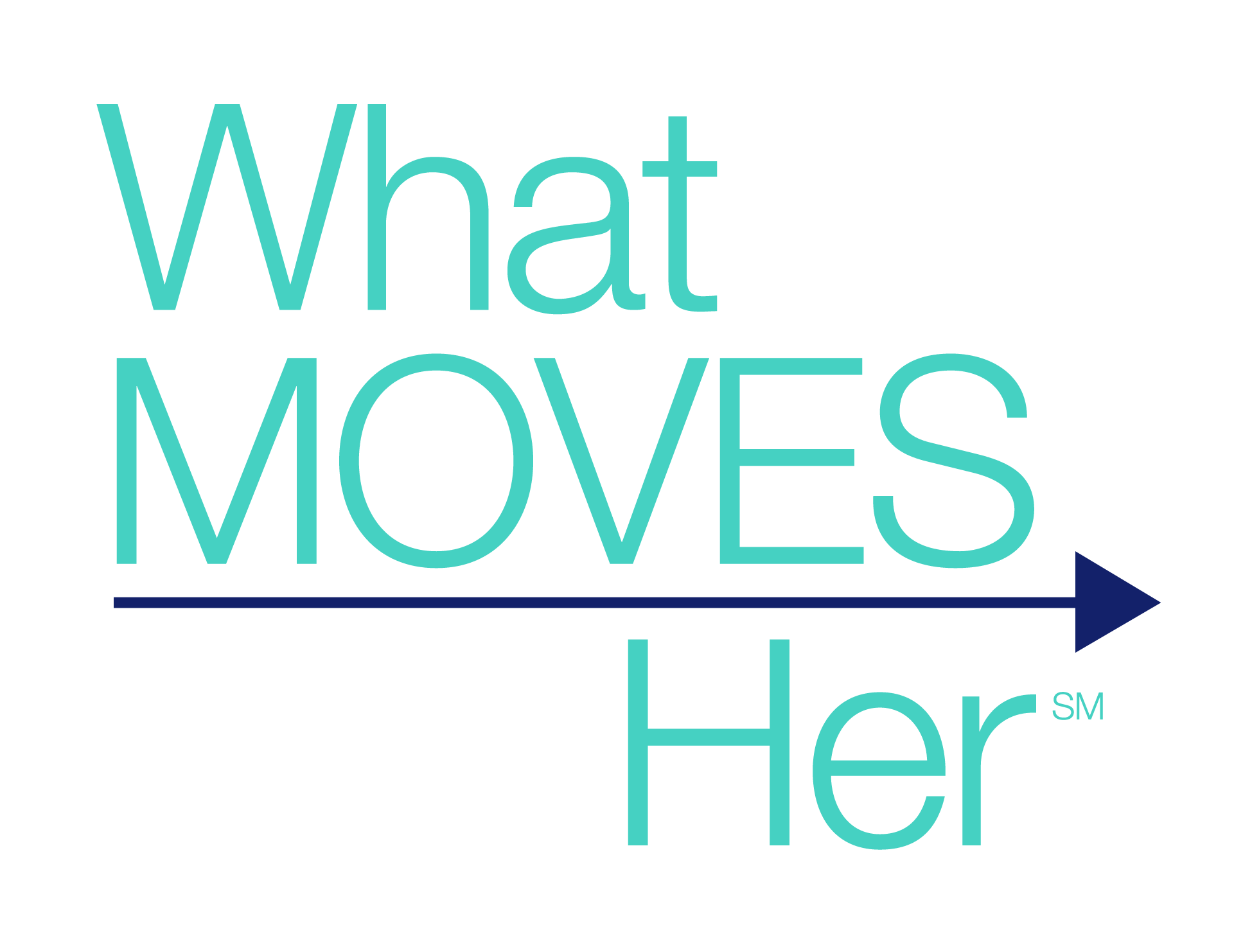We’re taking a look at some ways you can ease stress and focus your mind through daily wellness practices, as well as an introduction to mindfulness and meditation.
Workday wellness is more than the latest trend or corporate buzzword. In today’s workplace, it has become a critical part of an organization’s bottom line. A happy and healthy workforce is essential for maximizing productivity and attracting (and retaining) a talented and dedicated workforce.
With emerging technology like smartphones and keeping you connected 24/7, any traditional notion of work/life balance has been erased. As a result, workers have been increasingly feeling more tired and burnt out.
Today, we’re going to examine wellness, what it means, and detail some practices you can work in throughout your day to help you feel happier and healthier. You may even become more productive!
The Road to Wellness
Even for those who truly enjoy their career and love what they do, an always-on mentality mixed with popular ‘hustle culture’ can easily lead to burnout, career fatigue and sometimes even true physical and mental exhaustion. Now more than ever, it is important to take a look at our everyday work/life routines and see how we can implement habits that will lead to greater wellness – for our mind, body, and business.
So, what does prioritizing mental health in your workday look like for you?
There are lots of ways to incorporate wellness habits into your day. As you’ll see, simply making few changes to your daily routine can make all the difference in the world.
Easy Ways to Add Wellness Habits to Your Day
Ever wonder why so many New Year’s Resolutions are abandoned by February? One big reason is that they require too much commitment and change. The truth is, smaller changes can quite often be easier to stick with, because they’re not as much of a disruption to your daily routine.
Wellness is a perfect example. You don’t need to make wholesale changes to your lifestyle in order to see positive results. A few small changes practiced regularly can quickly become habits—which is the key to living a healthier and happier life. Here are some ideas for your mornings, afternoons, and evenings:
Mornings:
- Jumpstart your mornings with restorative yoga
What is restorative yoga? It’s a practice that relies on props to assist your body while you hold light poses. For people who sit at desks all day, it can quickly make a big difference in relieving tension, boosting energy, and slowing down your breathing. Here’s how to get started.
- Center yourself
Before you grab your phone or answer your first email, make a routine about asking yourself what you’ll need to operate at your peak today. Think through your day, and make sure you’re mentally prepared for everything to come. A few minutes of reflection will keep you centered, organized, and on-task.
- Drink more water
This one is about as easy as it gets. Keep a large bottle of water on your desk and make sure you fill it up at least twice throughout your workday. There are even bottles available that can help track your water intake!
- Have virtual meetings? Take them on-the-go
Instead of sitting in front of your computer, try ditching the video, putting on a pair of headphones, and take a stroll while you take the call. As Ivy Slater, executive coach and CEO of Slater Success says, “You’ll expand your mind, creativity, and ability to collaborate and brainstorm new ideas.”
- Try something new
“Challenge and novelty are key elements of happiness. The brain is stimulated by surprise.” It’s easy to get stuck in a rut when you’re doing the same things over and over. Try variants in your daily routine. If you drive to the office, try a different route. If you’re working from home, try taking a mid-day walk—anything to break up the monotony and get you thinking in new ways is good.
Afternoons
- Begin with an afternoon transition ritual
What’s an “afternoon transition ritual?” It could be anything you want. The idea is to send an unconscious signal to your brain that it’s time to switch gears. Wellness writer Anna Borges describes some examples such as “Going for a walk, taking your dog out, calling a friend for a quick chat, knocking out a chore, reading, listening to music, doing a meditation, exercising, taking a shower, eating a meal…the key is to be intentional about when and how you’re doing these things.”
- Do NOT rely on coffee to perk you up
Will it wake you up? Yes. But that late afternoon coffee could do a little too good of a job. You’d be surprised how much a coffee can contribute to sleepless nights, where you have difficulty falling asleep due to caffeine. Sleepless nights lead to sluggish mornings, and a whole new set of problems. Try to limit yourself to no more than two cups a day. Or swap that late afternoon coffee out for something healthier, like mineral water or herbal tea.
- Take an organization break
Dr. Kaz Nelson, an associate professor of psychiatry and behavioral science at the University of Minnesota Medical School, details the restorative power of an organization break here. “Tidying or organizing the physical space around you might feel like a little thing, but it’s a way to physically and proactively attend to yourself and care for your space. Oftentimes, people put themselves last, particularly in the context of work, but pausing and attending to your immediate space is really saying ‘My time and workspace are worth my attention.’”
Evenings
- Set firm boundaries
Working from home can quickly erase any semblance of a work/life balance. One way to restore balance to your life is to set firm boundaries about work. What kind of boundaries? It depends on the person. For some, it could be shutting off your laptop at 5pm sharp. Or make a commitment to stop working between 5 and 7pm, then just do a quick catch-up with emails. The idea is to separate work and home, and honor those boundaries. Chances are, this will make you even more productive, as you won’t waste as much time procrastinating when you should be doing work.
- Catch up with friends and family
After a long day of work, it would be easy to sit on the couch watching TV or scrolling through your social media feed. But will that make you feel better, or more connected? Instead, consider using that time to catch up with family, or talk to a friend you haven’t spoken to in a while. It will do you a world of good, rejuvenating you more than you probably realize. It could even be the highlight of your day.
- Try a creative project
Whether it’s drawing, writing, making videos or playing an instrument, stretching out creatively can be a great way to focus your mind and destress. Especially when your job doesn’t nourish your creative side. The site Lifehack said it well: “Taking time to explore your creative side will make you feel more in touch with your true self as opposed to your work self, which will in turn make you feel more refreshed and motivated when you’re at work the next day.”
A big part of the wellness movement is the concept of mindfulness. What is it? How can you get started with it? We’re going to show you now.
An Introduction to Mindfulness and Meditation
The site mindful.org defines mindfulness as: “…the basic human ability to be fully present, aware of where we are and what we’re doing, and not overly reactive or overwhelmed by what’s going on around us. The goal of mindfulness is to wake up to the inner workings of our mental, emotional, and physical process.”
This can be achieved many ways. Through meditation, quiet time by yourself, or even taking a walk outside. You don’t need any special equipment to practice. All you need is some time and a quiet space.
- Observe the present moment
When practicing mindfulness, our objective is not enlightenment or achieving some level of Zen. All the practitioner is working to achieve is paying attention to the present moment, without judgment.
- Let thoughts and judgments pass
It’s very difficult to sit quietly and not think critically, or make judgments about anything. Though mindfulness seeks to expunge judgments from the mind, it’s understood that it is impossible to achieve all the time. If you notice judgments arising during practice, make a mental note of them, and let them pass.
- Focus on the present
When your mind gets carried away in thoughts, whether it’s your daily plans, something that happened to you recently, or even an event from the distant past, gently focus your thoughts back to the present moment.
Mindfulness Resources
There are countless apps devoted to the practice of mindfulness. Here are some of the most popular:
- Calm
Visit calm.com to subscribe to the popular mindfulness/meditation app Calm. Their goal is to “help you improve your health and happiness.” NOTE: Calm comes with a free trial period, but is available only by subscription once the trial period ends.
- Insight Timer
Insighttimer.com is billed as the world’s largest collection of free guided meditations, with categories including coping with anxiety, managing stress, and improving sleep. It also offers yoga streams and more. NOTE: Insight timer offers a great deal of free content, but access to the full library is only available via subscription.
- Headspace
Headspace.com is one of the most popular and easy-to-use mindfulness apps, with hundreds of guided meditations to choose from. The app also provides breathing exercises, sleep meditations and wind-down practices. NOTE: Though there is free content on the app, the bulk of Headspace is only available via subscription.
Now It’s Your Turn
Do you have any go-to wellness activities to help you destress and relax? Have you ever tried mindfulness or meditation? Let us know how it worked for you! Share on social with #WhatMovesHer and be sure to tag us on Instagram, Facebook and LinkedIn.







Subscribe
JOIN OUR LIST